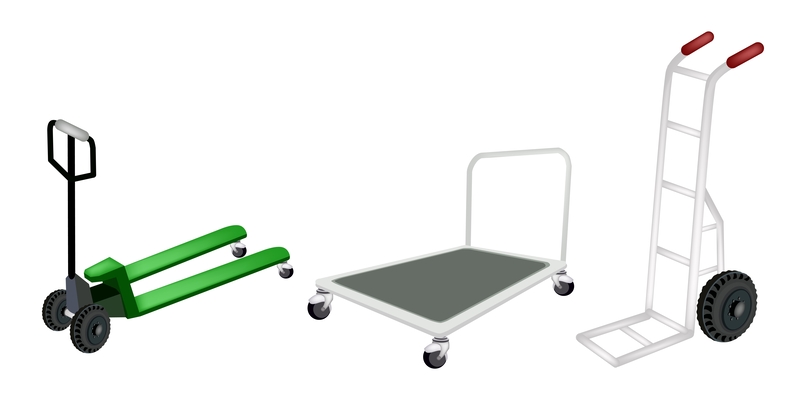Packing Tips for Home Electronics and Appliances
Posted on 01/10/2025
Packing Tips for Home Electronics and Appliances
Packing home electronics and appliances can be a daunting task, especially when you're preparing for a move. These items are often delicate and expensive, requiring extra care to prevent damage. In this article, we'll delve into the best packing strategies for your home electronics and appliances, ensuring they arrive at their new home safely.
1. Gather Necessary Packing Materials
Before you begin packing, make sure you have all the necessary materials. You'll need:
- Sturdy boxes of various sizes
- Bubble wrap
- Packing paper
- Packing peanuts
- Furniture blankets
- Heavy-duty packing tape
- Labels and markers
- Ziplock bags
Having these materials ready beforehand will streamline the packing process and ensure you don't leave anything to chance.

2. Back-Up Important Data
For electronics like computers, tablets, and smartphones, it's crucial to back up your important data. Whether it's personal documents, photos, or software, losing this data can be irreparable. Use external hard drives or cloud storage solutions to keep your data safe before packing the devices.
3. Disassemble Larger Appliances
Disassembling larger appliances can make them easier to pack and transport. Remove any detachable parts and pack them separately. Label each part and take photos to help you remember how to reassemble them later.
4. Label All Cords and Accessories
It's easy to forget which cord goes with which device. Label each cord and accessory with a tag or a piece of masking tape. This step will save you a lot of time and frustration when you're setting up your electronics and appliances in your new home.
5. Use Original Packaging If Available
If you still have the original packaging for your electronics and appliances, use it. These boxes are specifically designed to provide the best protection for your items. If you don't have them, make sure to use sturdy, appropriately-sized boxes.
6. Wrap Items Securely
Use bubble wrap and packing paper to wrap each item securely. Pay special attention to screens and other fragile components. Place heavier items like microwaves and toasters at the bottom of the box and lighter, more delicate items on top.
7. Pack Boxes Carefully
Place packing peanuts or crumpled packing paper at the bottom of each box for extra cushioning. As you pack, fill any empty spaces with packing peanuts or paper to prevent items from shifting during transit. Seal the boxes with heavy-duty packing tape and label them clearly with "Fragile" and "This Side Up" instructions.
8. Use Furniture Blankets for Large Appliances
For larger appliances like refrigerators, washing machines, and dryers, use furniture blankets to cover them. Secure the blankets with packing tape or rope to provide an extra layer of protection against scratches and dents.
Tips for Special Items
- **Televisions**: Remove the stand and wrap it separately. Place the TV in an upright position and never flat.
- **Computers**: Secure internal components by placing packing paper or bubble wrap inside the tower.
- **Kitchen Appliances**: Empty and clean appliances like refrigerators and microwaves before packing.
Pros and Cons
**Pros:**
- Ensures safe transport of delicate items
- Helps prevent damage and costly repairs
- Keeps items organized and makes unpacking easier
**Cons:**
- Time-consuming to pack properly
- Requires careful planning and materials
- Can be physically demanding

Takeaways
1. **Preparation**: Gather all necessary materials before you start.
2. **Disassembly**: Take apart larger appliances for easier packing.
3. **Organization**: Label all cords and accessories.
4. **Protection**: Use appropriate packing materials to secure each item.
5. **Documentation**: Back up data and take photos for reassembly.
Conclusion
Packing your home electronics and appliances with care will ensure they arrive at their new destination safe and sound. By following these tips and strategies, you'll reduce the risk of damage and make your move as smooth as possible. Happy packing!




